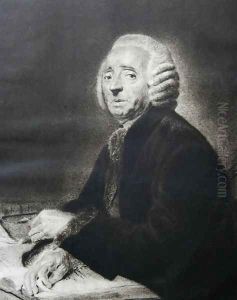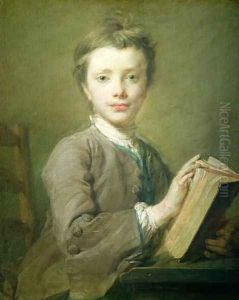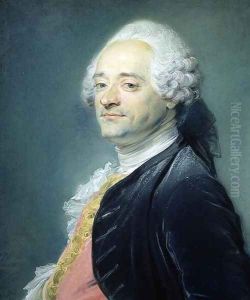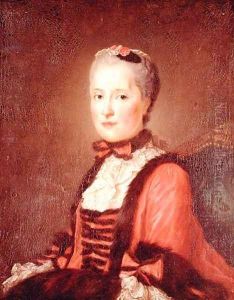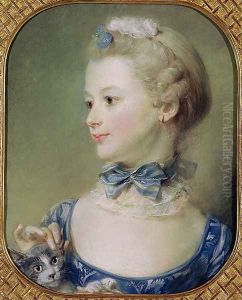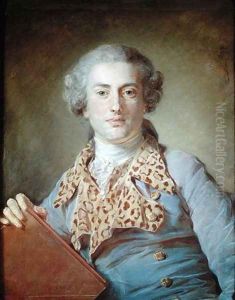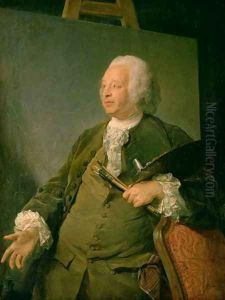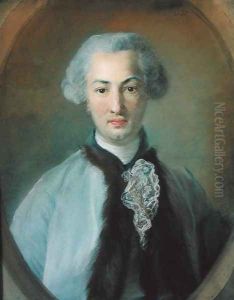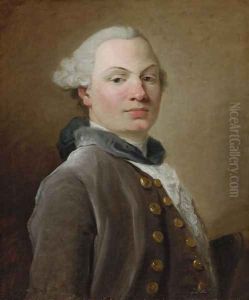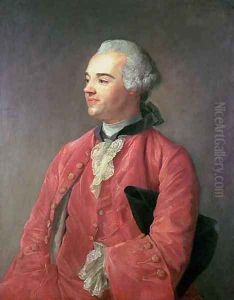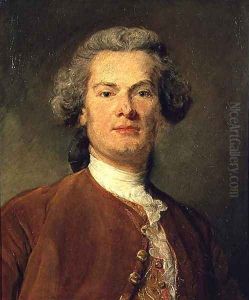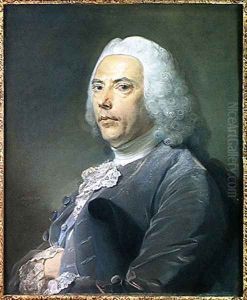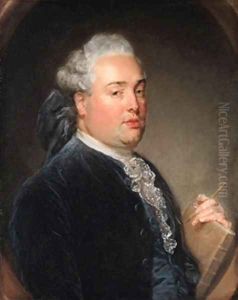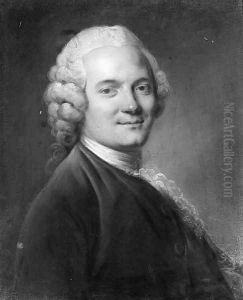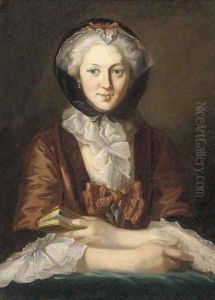Jean-Baptiste Perroneau Paintings
Jean-Baptiste Perroneau was a distinguished French painter, primarily known for his mastery in portraiture, particularly his adept use of pastels as well as oil paintings. Born in 1715, very little is known about his early life and training. However, it is evident that by the mid-18th century, Perroneau had established himself as a formidable artist in the French art scene, rivaling even the likes of Quentin de La Tour, another master of pastel portraits.
Perroneau's career took a significant turn in 1753 when he was admitted to the Académie Royale de Peinture et de Sculpture. His admission piece, a portrait of the French official Joseph Paris Duverney, showcased his exquisite skill and solidified his reputation. Unlike many of his contemporaries who focused on the aristocracy and royalty, Perroneau often painted middle-class clients and intellectuals, bringing a sense of realism and intimacy to his works that was rare for the time.
Throughout the 1760s and 1770s, Perroneau traveled extensively across Europe, including stays in England, the Netherlands, and Germany, where he was influenced by various regional styles and techniques. This period was marked by a broadening of his subjects and a refinement in his style, which became noted for its detailed texture and nuanced color palette.
Despite his success, Jean-Baptiste Perroneau's life was not without challenges. He faced stiff competition from other portraitists and fluctuating demands for his work, which sometimes led to financial instability. Nevertheless, he continued to exhibit at the Salon, receiving critical acclaim for his portraits, which were praised for their psychological depth and technical proficiency.
Perroneau's legacy is significant; his works are preserved in many major museums, including the Louvre in Paris and the Hermitage in Saint Petersburg. He passed away in 1783, leaving behind a body of work that continues to be celebrated for its elegance, emotional depth, and innovative approach to portraiture. His contributions to the art of the 18th century, especially in the realm of pastel painting, remain influential to this day.
